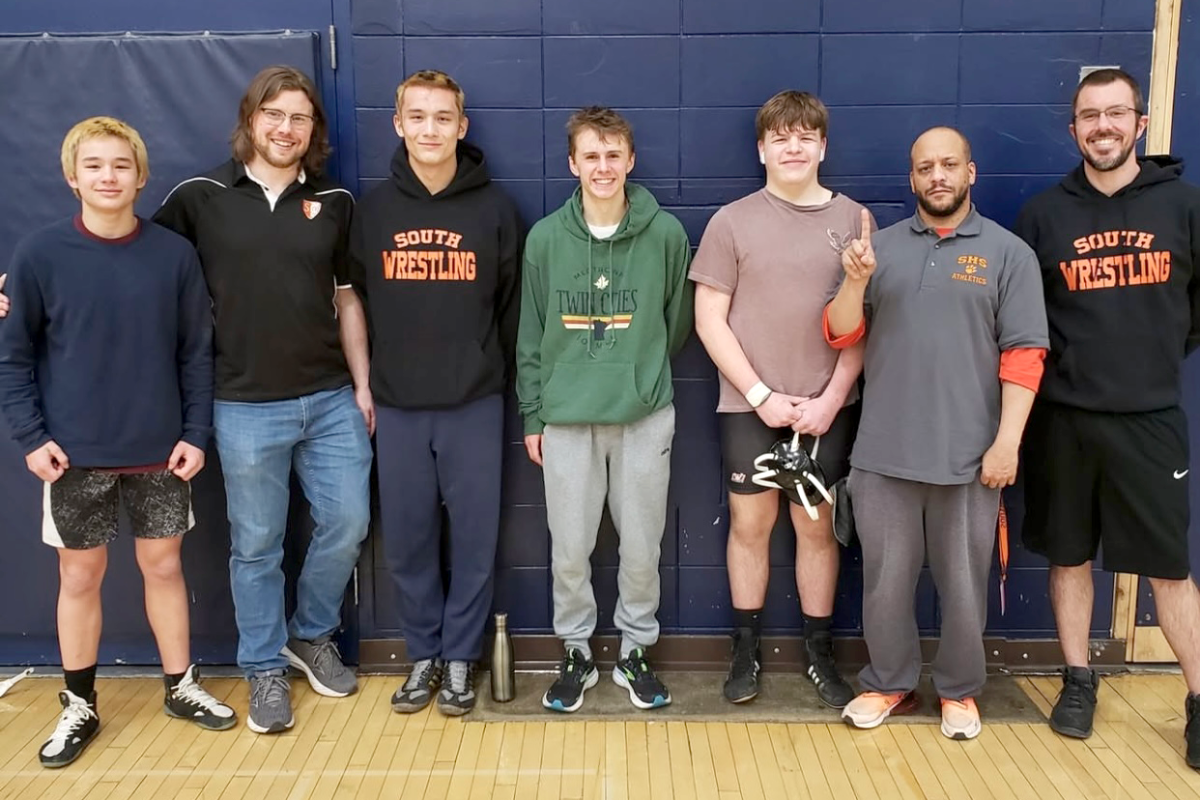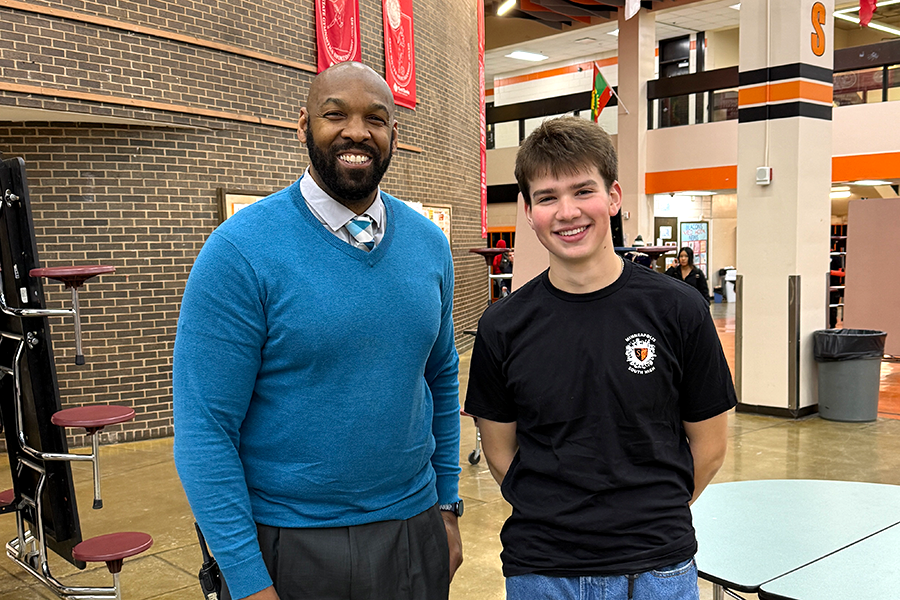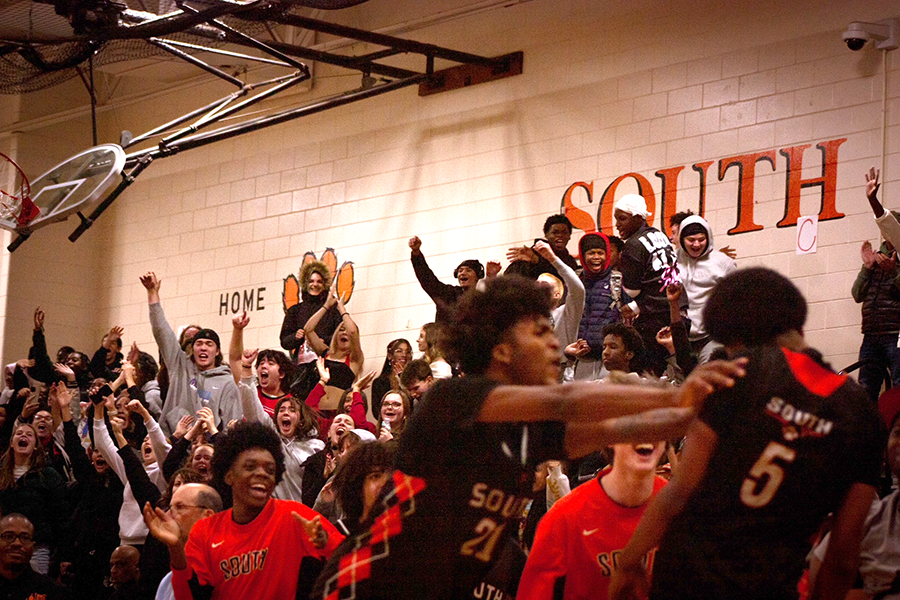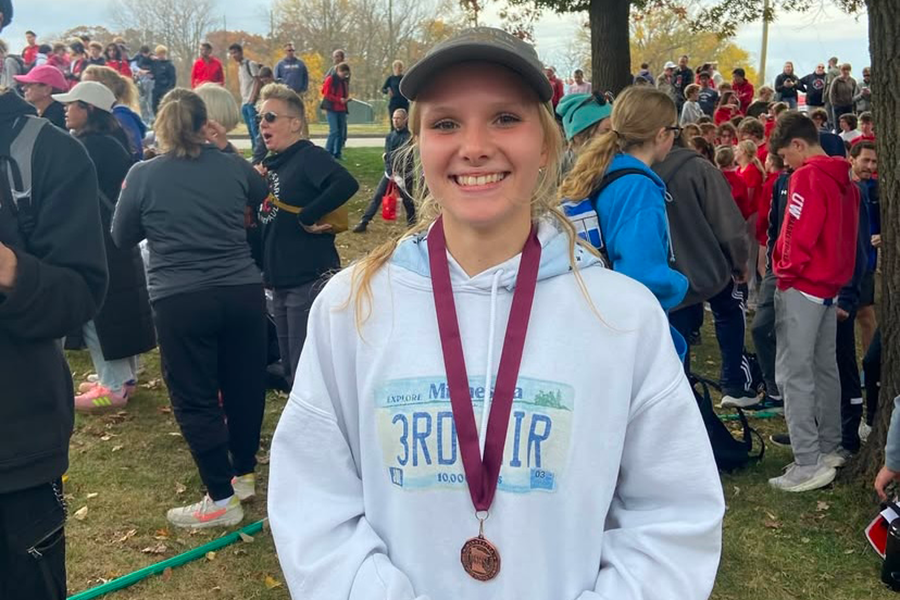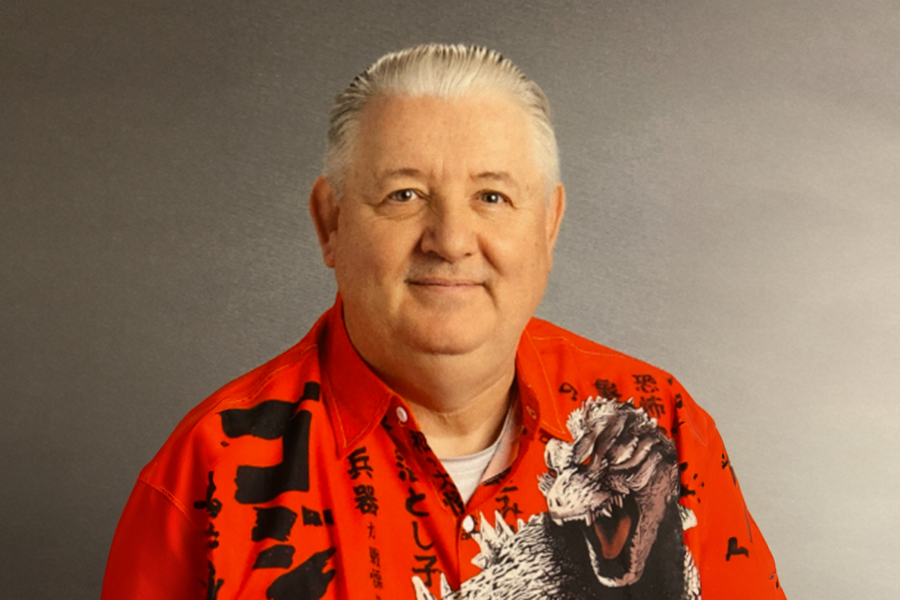They are every high school athlete’s worst nightmare — from torn muscles to broken bones, a serious sports injury can end the season, or career, of a high school athlete. The question for many athletes is, “When can I get back in the game?”
South High’s Athletic Director Mark Sanders said that “[sports] injuries are always a big concern” when it comes to high school sports. According to Sanders, common injuries for South students include concussions and sprains, as well as knee and hip injuries. However, South does what it can to prevent and treat those injuries by providing a trainer at all junior varsity and varsity level games for football, hockey, and soccer. Kelly Flynn, the athletic trainer for the Minneapolis City Conference, said that her job as a trainer is “injury care, prevention, and rehabilitation.”
“I was scared that I wasn’t going to be able to play basketball for a long time,” said senior and women’s basketball player Tori Rule of her Anterior Cruciate Ligament (ACL) injury in August of 2009. According to Sanders, ACL injuries are common among teenage athletes, especially girls. Flynn confirmed this statement saying, “Knee ligament injuries are very common in both female and male athletes.” Unfortunately for Rule, the injury’s commonality does not take away from its seriousness.
Rule attended physical therapy at TRIA Orthopaedic Center and then Park Nicollet for about three months, three times per week. She mentioned that “the physical therapy hurt a lot” and consisted of jumping, balancing, agility, and kneeling.
Flynn commented that there are certain standards that should be met during rehab in order for an athlete to return to the game. “Proprioception (the ability to sense the position, location, and movement of the body) and balance is important during rehab, and range of motion is crucial for return to play,” she said. “Also, the ability to perform the sport-specific activities is crucial.” Rule added that she was “timid on [her kneee]” when she returned to basketball a few months after her injury, but the injury has not affected her gameplay otherwise.
“Oh my god, not again,” was Junior Gabe Bethke’s reaction to his contused tibia in his right leg in October of 2010. “I’m kind of prone to injuries in soccer,” he added. Bethke said that his injury was a result of being “cleated in the knee” in the middle of a soccer game. “[The injury] wouldn’t allow me to move it without pain,” commented the soccer player and skier.
Bethke attended physical therapy and was forced to stop participating in activities that put too much stress on his injured knee. “It heals naturally but it takes time,” he mentioned. “[The physical therapists] couldn’t do anything to help me.” Bethke hasn’t been able to play soccer since, but he recently was able to run again after several months.
Bethke concurred with a statement of Sanders’, saying that soccer is one of the higher-contact sports offered at South. “Soccer is not a very polite sport,” said Bethke. “Skiing is much nicer.”
Emily Ostrow, a sophomore and figure skater at the St. Paul Figure Skating Club, recently broke her wrist and tailbone as the result of a fall. “It just hurt really bad,” she said, “but I kept skating.” Ostrow wore a cast on her wrist for about three months, but, according to her, “there’s no way to fix a tailbone injury, so it never really healed… it still hurts.”
While Ostrow has been injured many times while skating, she said that one “has to have a lot of determination to keep going”, following a serious injury. Flynn confirmed that the level of resolve among teenage athletes following an injury is very high. “I see a lot of dedication from the student athletes to return to play,” said Flynn. “They do not want to sit out and lose time away from their team and their sport.”
Varsity basketball player Eva Mitchell, a junior, suffered a hip labral tear during a basketball game against Washburn earlier this year. According the Mayo Clinic’s website, a hip labral tear involves the ring of soft tissue that follows the outside rim of the socket of your hip joint which works to help hold your hip joint together.
“It was the stupidest injury in the history of the world,” expressed Mitchell. “I was so mad.” Mitchell said that in the middle of the game, she jumped up, landed on two feet, and leaned one way. “Within a minute it hurt so bad that I had to come out of the game,” she stated. “I hoped that it wasn’t long-term. I hoped it was something that would heal in a few days.”
Unfortunately for Mitchell, a hip labral tear is a severe injury that takes a long period of time to completely heal. On February 2, she underwent surgery to repair the torn cartilage. For the first two weeks of her recovery, she was “pretty much immobile”, and had to stay very still to allow her hip to recover.
Since then, Mitchell has been attending physical therapy at TRIA Orthopaedic Center two times every week for about 45 minutes per session, as well as doing exercises assigned by her physical therapists in-between visits. According to Mitchell, the exercises focus on re-strengthening her injured hip, as well as improving flexibility and range of motion, both of which have been limited since she was injured.
For many athletes, not being able to play their sport is very difficult. But in the long-term, sports injuries can prove to be a beneficial experience. “It’s been sad to not do what I love,” Mitchell said, “but I’ve been getting stronger emotionally, knowing that I can overcome my injury.”


